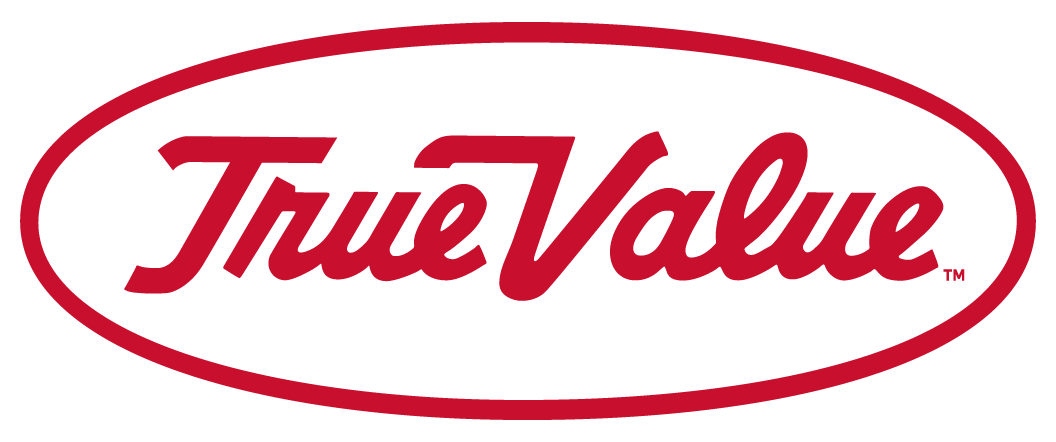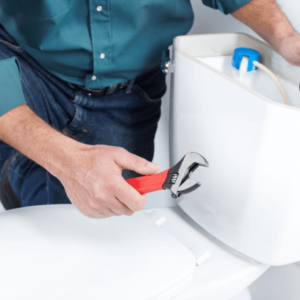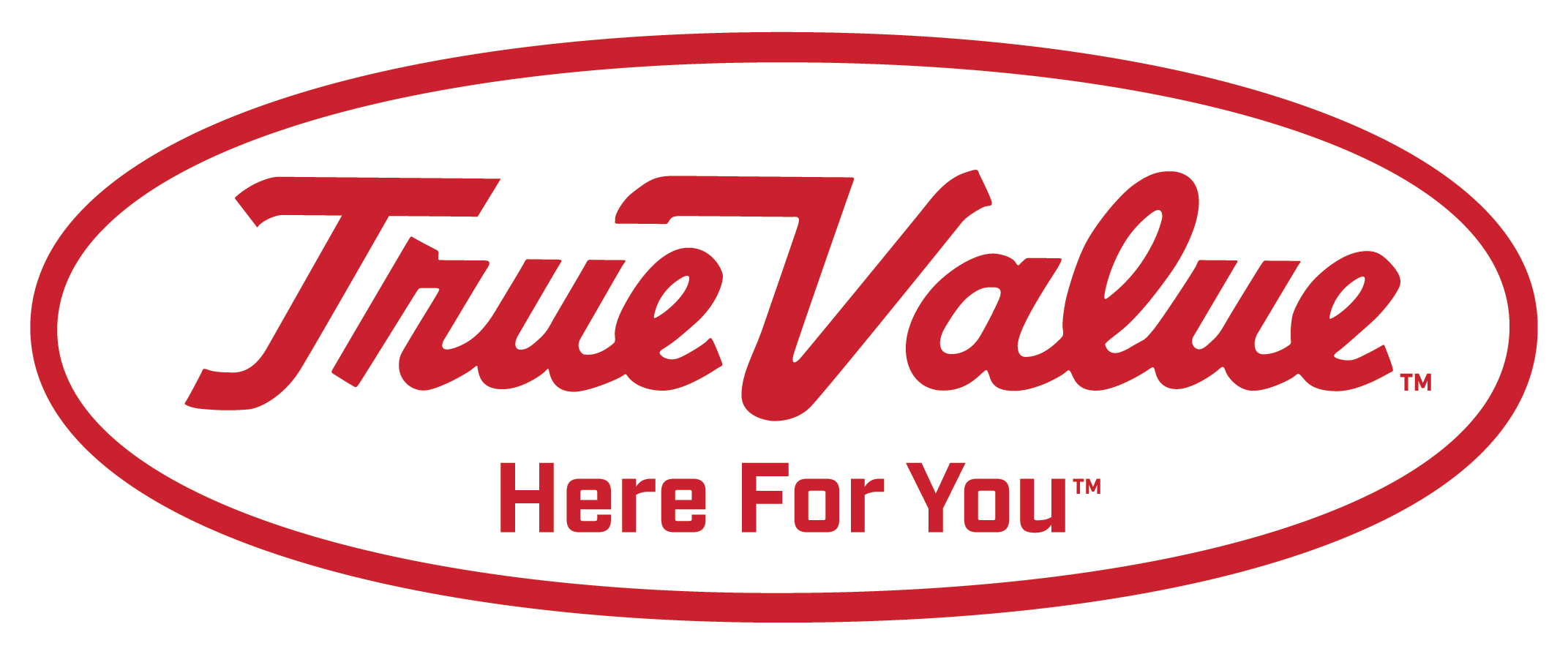While latex-based primers and paints are convenient and versatile, oil-based primers and paints still are good choices in certain applications. However, if you are going to use oil-based products, you will need to know how to properly use paint thinners or solvents to thin paint, and clean brushes and other equipment when you’re done. Keep reading to learn how.
Oil-based Paint and Thinner Basics
Oil-based primers and paints have been an industry standard for decades. Oil paints provide good adhesion and good gloss, and are durable, highly resistant to scuffs and scrapes and (when used with a primer) are excellent for blocking stains. Compared to latex paints, oil-based paints also provide better surface penetration, better leveling and they usually dry to a smoother finish. They are, however, often slow-drying and release high amounts of volatile organic compounds (VOCs), which can be harmful to people in high concentrations and with prolonged exposure. When working with oil-based paints, solvents are a necessity to clean brushes and applicators. Latex paints can be cleaned up with soap and water and don’t give off as many fumes.
Paint thinners are solvents that can dissolve paint and reduce viscosity of paint or “thin” it for use in sprayer applicators or when simply needing a thinner mixture to work with. Because they dissolve paint they aid in removal of paint on brushes, rollers and general cleanup of spills or splatters. Paint that has been left open will begin to harden and dry and become thicker. Thinner can counteract this. A number of other solvents can be used to remove paint. These include acetone, turpentine, naptha, xylene, methyl ethyl ketone (MEK), and denatured alcohol. Before using solvents, check product labels for appropriate use and for any safety considerations.
Safety Alerts!
Wear appropriate safety clothing when working with solvents, including gloves, safety glasses and a respirator. Solvents are toxic to skin, lungs and other organic tissue. When using them, you must protect yourself from inhalation of fumes, ingestion and skin absorption. They can cause headaches, nausea, tiredness and irritability, difficulty concentrating, clumsiness and unconsciousness. Vapors can irritate the lungs, nose and throat.
If working inside, open doors and windows to provide ventilation to the space. A window fan can be used to exhaust vapors from the room.
Solvents can be extremely flammable. Keep anything that can cause a spark or other sources of heat far away from containers or even from the room if possible. Vapors can linger for quite some time.
Helpful Tips
Paint thinner can remove oil-based paint from brushes and other equipment but only while the paint it still wet. Acetone is often the only solvent that is strong enough to dissolve paint after it has dried.
Paint thinners should not be used with latex paints, shellac or lacquers.
How to Thin Paint
Step 1: Choose an Appropriate Thinner
Buy a thinner that is appropriate for the type of paint you’re using and for the method of application. For example, if you are spraying paint onto a surface, you will need a thinner mixture of paint. Paint thinners for latex paints are not appropriate for oil-based paints and vice versa. Read all label instructions and information. If you need additional help, an expert at your local True Value hardware store can assist you.
Step 2: Use the Right Amount of Thinner
Use small amounts of thinner at a time. Check paint container labels for the manufacturer’s recommended paint to paint thinner ratio. For general purpose thinning, a 3:1 or 4:1 ratio of paint to thinner or similar ratio is appropriate. It is important to keep the amount of paint higher than the amount of paint thinner. If it isn’t, the paint may be too thin and can cause the color shade to be lighter than desired on the finished surface. Just keep in mind that each kind of paint and method of application needs particular consistencies and technique. For example, when spraying paint, the mixture needs to be very thin so that the paint gun doesn’t clog.
To mix the paint and thinner, follow all manufacturer directions and measure out the prescribed paint amount and pour it into a mixing bucket. Add the right amount of thinner a little bit at a time as you stir with a paint stirrer. Mix the paint and thinner for several minutes, checking the consistency periodically.
Helpful Tip
Cold paint will always appear thicker than it is, which can be deceiving. Add thinner to paint that is at room temperature so that you don’t make the mistake of using too much thinner.
Step 3: Test the Mix
Apply two coats of your paint/thinner mixture using your chosen method on the desired surface, then step back and evaluate the results. Ensure that the layer of paint is completely covering the surface and that you cannot see the surface underneath it. Also make sure that the paint isn’t running or dripping excessively. If the paint is not thin enough, add small amounts of thinner to the mixture and reapply to test.
Clean Brushes and Applicators
Step 1: Use the Three-Container Method
Using the three-container approach avoids waste and potential harm to the environment. First, choose the appropriate solvent to remove the type of paint you used. Brushes used with oil-based paint must be cleaned with paint thinner formulated to remove it. Check the product label to be sure you made the right choice. You can also ask someone at your local True Value hardware store for help.
Partially fill three containers with solvent. Rinse most of the paint out in the first container, blot it on newsprint, and then spin the brush in a spinner. Next, rinse it in the second container, blot, and repeat spinning. Repeat the process using the third container. Then pour all the thinner into a sealable container and allow the paint to settle out for a few days.
Rinse your brushes and equipment with water, blot them with an old towel or rag and then hang them to dry.
Step 2: Dispose of or Store Solvents Properly
After you’ve cleaned your applicators following the tips in step 1, check to see if the thinner in your sealed container is clear and that all of the paint particles in the container have settled to the bottom. Pour off the clear thinner into another sealable container and then mark it as “used thinner” with a permanent marker for later reuse. Collect the paint that settled in the container in another separate, sealable container for later disposal at your local hazardous waste disposal location. Check with your city government to see where these sites are located.
Safety Alerts!
Do not pour used thinner or oil-based paints into drains or onto the ground. This can pollute soil and water.
Where possible, store solvents somewhere with adequate ventilation, preferably outside of the home, such as in a shed. If vapors escape from containers, they can build up in a non-ventilated space and potentially cause harm.
Don’t fill containers of solvent all the way to the top. Their vapors need room to expand and an over-full container can potentially burst. Once your containers reach the halfway-full mark, seal them and dispose of them at a hazardous waste disposal location.
That’s it! Now you know how to properly use paint thinner and solvents.
Project Shopping List
Here’s what you’ll need to complete this project successfully.












